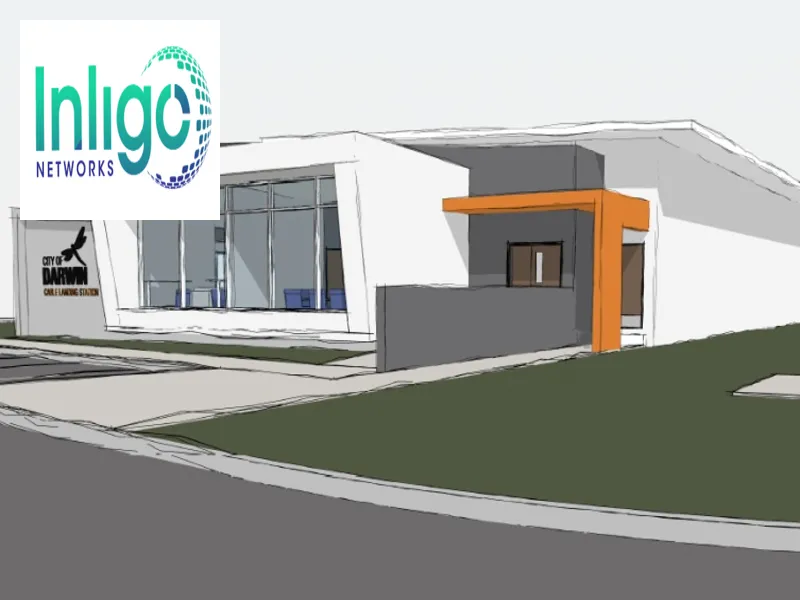- Inligo Networks has started the development of an Open Cable Landing Station in Darwin.
- The project aims to improve connectivity between Asia and Australia by bypassing the congested South China Sea cable network.
- Construction is expected to be completed in the second half of 2026, with government support.
Submarine cables are a vital part of the global internet infrastructure, carrying data across borders to support communication, commerce, and national security.
The Strategic Importance of Global Submarine Cables 2023
Project commencement in Darwin
Inligo Networks has officially commenced the development of an Open Cable Landing Station in Darwin, Australia. This development, first announced during a panel session at Submarine Networks World in 2023, aims to enhance international cable connectivity between Asia and Australia. The recent acquisition of land in Fannie Bay, supported by the Northern Territory Government, has allowed the company to move forward with construction plans. The cable landing station will be a crucial part of the Asia Connect Cable (ACC-1) project, which aims to provide cable connections across the Indo-Pacific, bypassing the congested cable networks in the South China Sea. This initiative is of strategic significance to both commercial and defence interests in the region.
Also read: Tensions surge as Baltic cables severed near Sweden
Strategic importance to Indo-Pacific network
The Australian Strategic Policy Institute recently highlighted the significance of connecting Darwin through international cable systems, underscoring the role Inligo Networks is playing with its Cable Landing Station. The ACC-1 project will include key nodes such as Guam, the continental United States, the Philippines, Japan, Indonesia, and East Timor, all connecting to Darwin. This enhanced connectivity will be particularly vital for military operations in the Northern Territory, strengthening the defence ecosystem and supporting initiatives for allied forces, including Japan and the United States. The ACC-1 project positions Darwin as a strategic hub for Indo-Pacific communications, contributing to the broader regional security framework.
Also read: AFR-IX telecom unlocks Africa’s business potential with submarine cables
Government support and construction timeline
The development of the cable landing station has received significant backing from the Northern Territory Government, which granted Major Project Status to the related Unite Cable System. This support underlines the importance of linking the Northern Territory to South Australia and the eastern states through a high-capacity fibre cable. The new facility will provide critical infrastructure, including subsea cable termination and power systems, to enhance connectivity within Australia and beyond. The company expects the construction of the facility to take approximately 18 months, with an anticipated completion and operational status by the second half of 2026. The addition of the Unite terrestrial pathway will enable direct, low-latency connections from Darwin to facilities in the southern states, further enhancing Australia’s connectivity to Asia.

